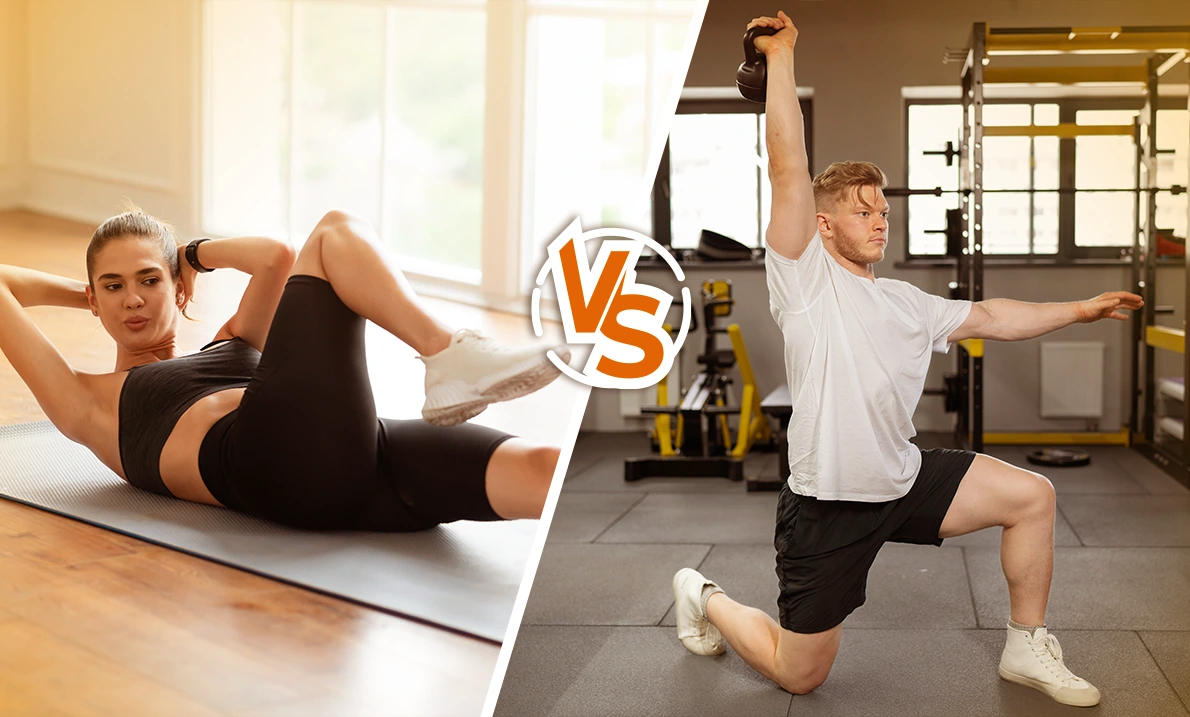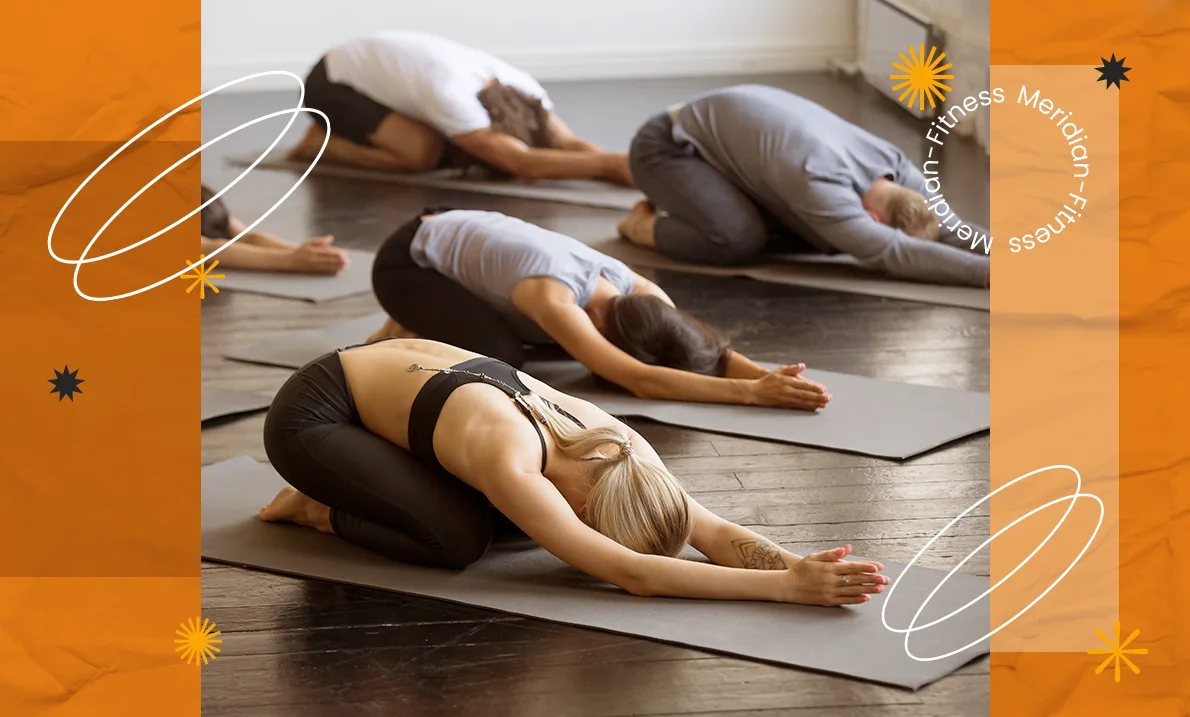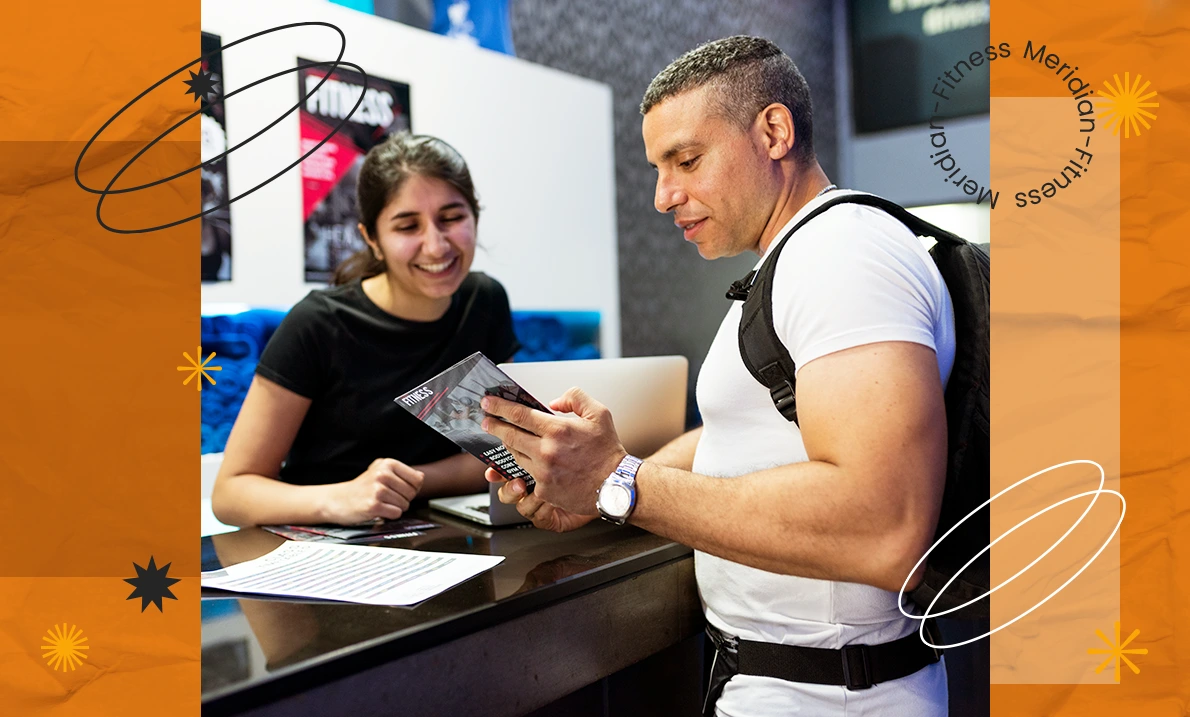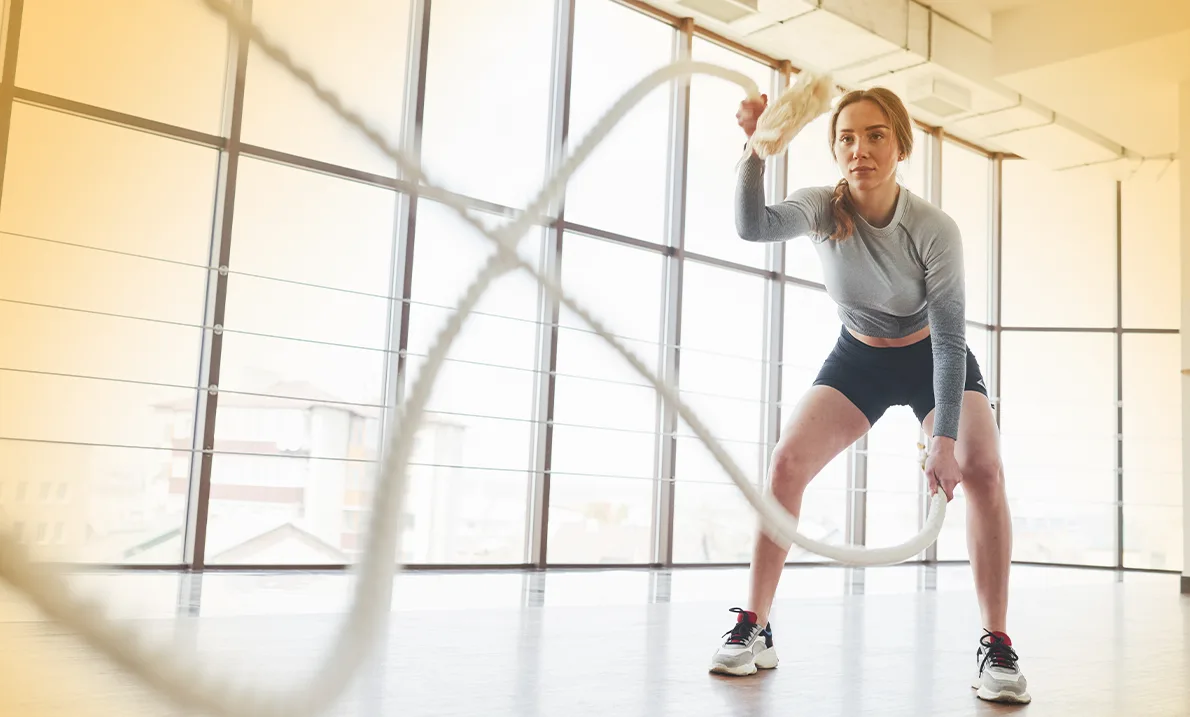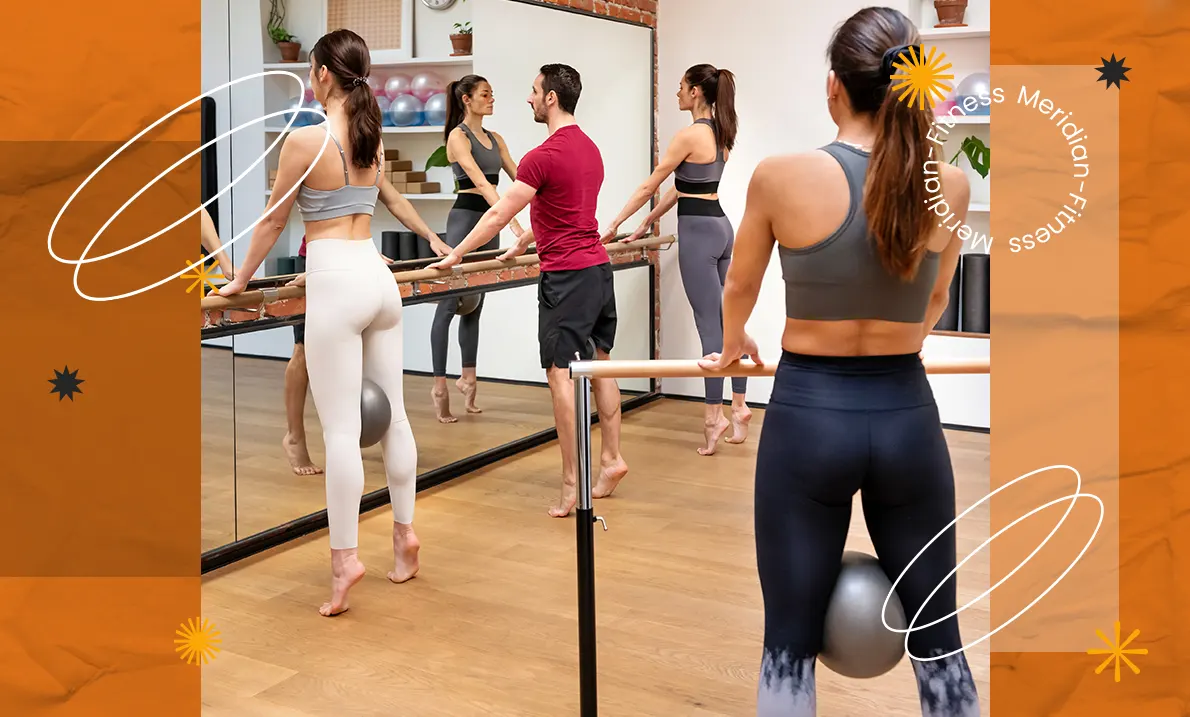You wake up late. Only 30 minutes before your busy day begins. You promised yourself you’d work out, but now time is running out. You open your fitness app and see two options. One is short and intense. The other is longer and more relaxed. You pause. You want to stay fit, burn fat, and make the most of your time. But which one should you choose?
This is a common struggle. Many people face the same situation. It’s not about exercise. It’s about getting results without wasting time. The good news is you don’t have to guess. Research has compared these two training methods. In this blog, we’ll break down what science says about HIIT and LISS. You’ll find out which one suits your body.
What is HIIT?
HIIT stands for High-Intensity Interval Training. This approach enables a more efficient workout, potentially burning more calories in less time compared to traditional exercises.
You can use HIIT with many types of cardio workouts. That includes running, jumping rope, rowing, and climbing. After you finish, your body continues to burn calories for hours after.
How does HIIT work?
A HIIT workout session can last as little as 10 minutes. That doesn’t include warm-up and cool-down time. Most HIIT workouts last 20 to 30 minutes. It’s rare for them to go beyond an hour. Aerobic exercises work well in a HIIT session. Here are some examples of HIIT.
- Sprinting.
- Cycling.
- Rowing.
- Treadmill.
HIIT Routine for Beginners:
- Warm-up: 5 minutes brisk walking or light jogging.
- 15 seconds of sprinting.
- 45 seconds of walking.
- Repeat for 10-15 minutes.
- Cool-down: 5 minutes of walking and stretching.
What is LISS?
LISS stands for Low Intensity Steady State. It is a method of cardiovascular exercise. You do aerobic activity at a low to moderate intensity. It’s performed continuously, often for longer durations.
How Does LISS Work?
LISS works by keeping your body moving at a steady, leisurely pace. Your heart rate stays low to moderate. It usually lasts around 50-65% of your maximum heart rate. This keeps you in the aerobic zone. In this zone, your body uses oxygen and fat for energy. Here are some examples of LISS.
- Brisk walking.
- Jogging.
- Steady cycling.
- Swimming.
LISS Routine for Beginners:
- Warm-up: 5 minutes of light walking.
- Walk at a steady pace for 20-30 minutes.
- Cool-down: 5 minutes of slow walking and stretching.
WHY DOES THIS COMPARISON MATTER?
Comparing HIIT and LISS is essential. It helps people understand the benefits of each. This makes it easier to choose the proper workout for their goals and preferences.
Fat Burning and Calories
Both HIIT and LISS can aid in fat loss, but they work in different ways:
HIIT is renowned for its afterburn effect, scientifically known as Excess Post-Exercise Oxygen Consumption (EPOC). This phenomenon means HIIT can lead to greater overall calorie burn in less time compared to LISS.
LISS relies on the body’s ability to utilize fat as a primary energy source during low-intensity exercise. LISS burns a higher percentage of fat during the workout. But total calories burned are often lower than in an intense HIIT session.
Hormonal Impact
HIIT stimulates the release of hormones like epinephrine and norepinephrine. These hormones help break down fat more effectively. HIIT also increases insulin sensitivity. This makes it easier for your body to process and store nutrients efficiently.
LISS is less intense, so its hormonal effects are milder. However, it can help lower cortisol levels over time. Cortisol is a stress hormone linked to fat storage. This makes LISS helpful for people dealing with stress-related weight gain.
Muscles Preservation
HIIT workouts can stimulate muscle growth and strength. This is due to their anaerobic nature. It engages fast-twitch muscle fibres. This makes it a suitable choice for individuals who want to maintain or build muscle while losing fat.
LISS mainly uses slow-twitch muscle fibres. It has little effect on muscle growth. However, it’s easier to do for steady calorie burn with minimal stress on the body.
WHICH ONE IS BENEFICIAL FOR DIFFERENT GOALS?
Each has its own goals. We can explain their benefits from a different perspective.
Benefits of HIIT
- Time Efficiency
HIIT workouts are short and effective, making them ideal for individuals with busy schedules.
- Increased Metabolic Rate
The EPOC effect ensures that your body continues to burn calories even after the workout ends.
- Improved Cardiovascular Health
HIIT improves heart health and VO2 max (a measure of aerobic capacity) in less time compared to LISS.
Benefits of LISS
- Low Impact
LISS is gentle on the joints and suitable for individuals of all fitness levels. This can be helpful for beginners or those recovering from injuries.
- Stress Relief
The steady nature of LISS can have meditative qualities, reducing stress and improving mental well-being.
- Accessibility
No special equipment or advanced fitness level is required. A simple walk or jog suffices.
Final Words
HIIT and LISS are both effective for fat loss. Each has its benefits. HIIT saves time and boosts metabolism. LISS is easier on the body and helps reduce stress. If you’re just starting, choose the option that suits your current fitness level.
Pick what matches your schedule and what you enjoy most. Ultimately, the most effective workout is the one you can consistently stick to. Consistency matters more than intensity or duration alone.
Ready to try HIIT in a supportive environment? Meridian Fitness offers expert HIIT classes in Greenwich, plus access to recovery options like saunas and personal training.
